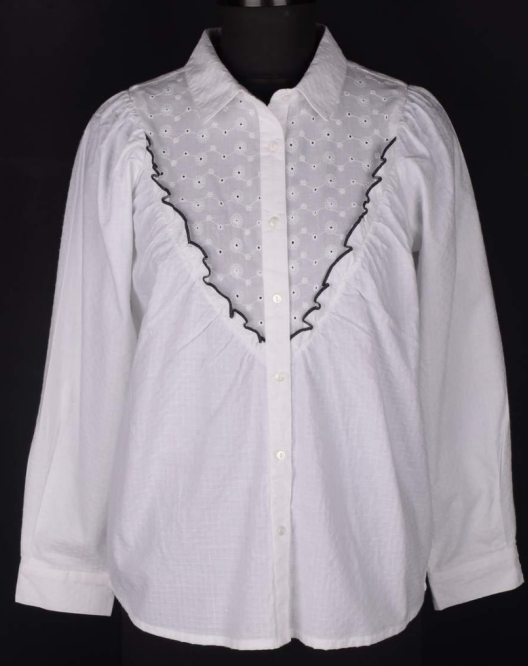Knowing About Fabric Losses And Remedial Measures In The Clothing Industry

From converting the raw material to fibers to manufacturing end products, there are several steps involved in garment manufacturing. However, the likeliness of accidents and losses is quite high due to the market's demand and vastness. For example, meals can burn down, causing millions of dollars to waste for any textile industry business. Similarly, implementing low-quality equipment in clothing manufacturing factories can cost the business several hundred thousand.
However, the most concerning loss a textile business can encounter is that of fabric. If the fabrics are damaged, there is no way you can produce the manufactured goods and sell them on the market. Besides, the cost of fabrics is very high, and the demand is skyrocketing. Therefore, sourcing them again from vendors is not the ideal workaround. This is why every business involved in the textile industry should know about fabric losses and the best remedial measures that can be taken to mitigate the risks and financial loss.
Causes of fabric loss for a clothing business
The first thing we will learn is why you can suffer from fabric loss in your clothing business. This will give you an idea about the incidents that can lead to such disastrous events and help you implement protocols to prevent such damage.
-
Fabric joint loss happens when two or more fabrics are joined together using stitches, and that particular portion is left out to get a smooth raw material.
-
When the fabric needs to be cut out in certain shapes, markers are used along the edges. During the cutting process, the cutting is usually done along the mark or a little bit inside the mark. This results in further fabric loss.
-
Splicing loss happens when two or more favorite players are overlapped, and the cutting mark runs centrally along the overlapping area.
-
When a single fabric is rolled along a cylinder, the last portion is usually left out because maximum deformity or damage is found in that part. This also results in fabric loss.
-
Ticket length loss happens when the measured fabric roll length is not equal to the measurement present in the ticket. It usually happens due to miscalculations on the vendor's part when purchasing raw fabric.
-
Cutting edge loss is said to be the smallest loss that a textile business has to suffer because here, only those portions of the fabric are cut out that shouldn't be there as per the designs.
Consequences of fabric loss in a clothing business
The consequences of fabric loss are many, from financial to environmental aspects. For example, the cut fabric is no longer used to make something productive and is generally thrown away in the garbage. This causes more pollution, and the environment is harmed in the process. Also, during the ticket loss, where the lengths measured in the ticket and the actual length are different, the textile business needs to pay more to the vendor and therefore suffer a loss.
Remedial measures to sustain fabric loss
-
Although there is no appropriate remedial measure, you can prevent fabric loss by ensuring the marks done to shape the fabric according to the clothing design runs along the edges.
-
Also, splicing should be kept minimal, and alternatives will help reduce the fabric loss due to overlapped fabric cutting.
-
The last end of the fabric roll that is discarded can be used to make something more productive, like patch embroidery or Kantha stitches.
Conclusion
The fabric losses must be minimized to save the environment and businesses from suffering financial blows. However, this cannot be achieved overnight, and businesses must implement appropriate protocols. Proper planning and initiatives can mitigate these losses in the long run.
Related Blog
How Indian Garment Manufacturers Maintain Their SEDEX, BSCI, And WRAP Certifications
Sustainability and ethical procurement of raw materials to labor treatment are more than just trends. Global garment buyers are increasingly...
Why Buying Surplus Clothes Wholesale Is The Smart Choice For Retailers
In today’s competitive fashion market, retailers are constantly searching for ways to balance quality, variety, and affordability. One of the...
How Exporting Women's Dresses To Overseas Countries Promotes Cultural Exchange And Collaboration
Cultural exchange is a fantastic way to bring different parts of the world together. When you share the culture...




